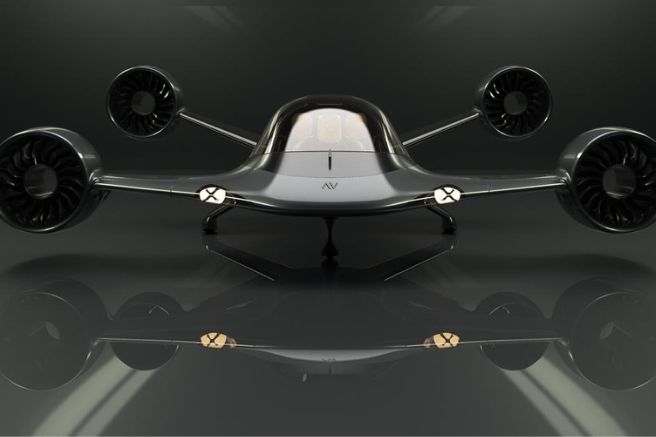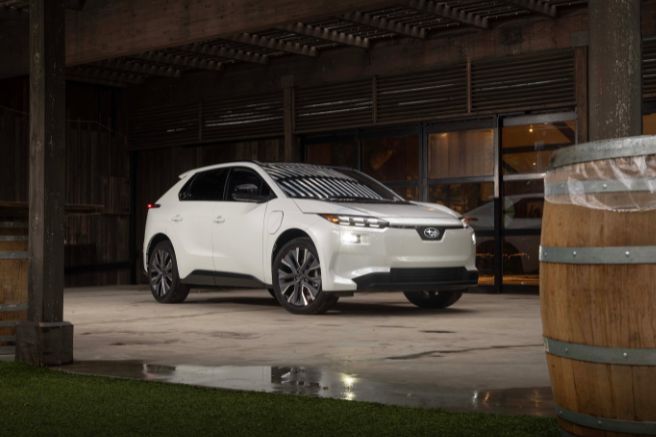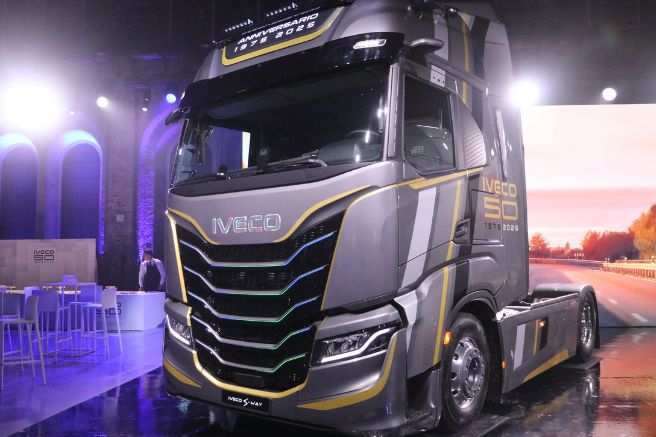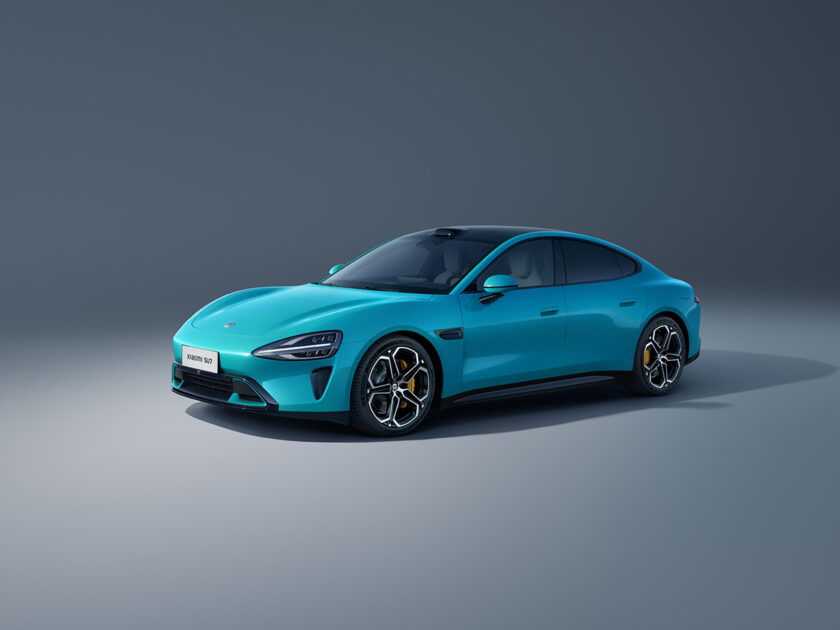
Tokyo Motorcycle Show. Honda unveils its new “CB 750 Four,” and in an instant, the global motorcycle industry realizes it is technologically ten years behind the Japanese manufacturer. The bike’s features were indeed astonishing compared to the competition, so much so that the most popular phrase among journalists to describe it was, “a spaceship has landed.” Industry professionals, however, had a different opinion, deeming the new model “too advanced” and speculating that “it will never be produced.” In reality, the bike was already in production, and soon other “spaceships” followed, made by Yamaha, Kawasaki, and Suzuki, radically disrupting market dynamics within a few months. This led some Western governments, including Italy, to enact protectionist laws to help local manufacturers survive.
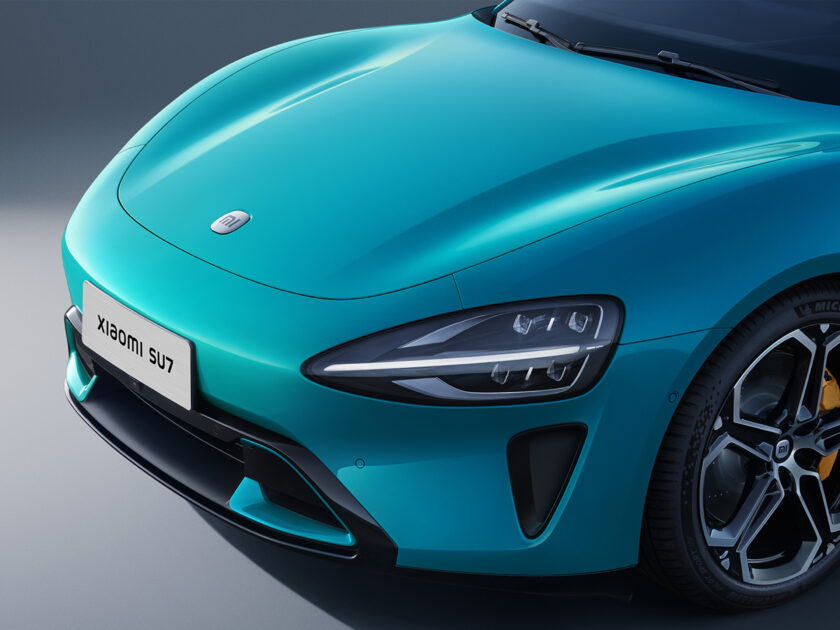
What happened was that after years of copying European motorcycles, the Japanese had decided they had gained enough experience to stand on their own and applied that knowledge. The same now seems to be happening in other production sectors with Chinese manufacturers. In this case, after years of imitating Western products—a trend that in some cases hasn’t completely stopped—some of them have accumulated enough expertise to launch quality products, offering them at prices unaffordable for European and U.S. companies.
One example is the new sports sedan Xiaomi “Su7,” developed by the automotive division of the Xiaomi Group. The company has allocated a staggering $10 billion over ten years for this project, after having already invested over €1.3 billion in the initial research and development phase, employing a team of more than 3,400 engineers and over 1,000 technical experts in critical sectors. According to the company, the car aims to raise the bar in terms of software and applications that contribute to the digitalization of a vehicle, accelerating the development of electric vehicles interacting with consumer electronics to create intelligent systems. Hence, the idea of offering a car that isn’t a standalone product but one of the pillars of an integrated system that Xiaomi has dubbed “Human x Car x Home,” which it aims to use to become one of the world’s top five car manufacturers.
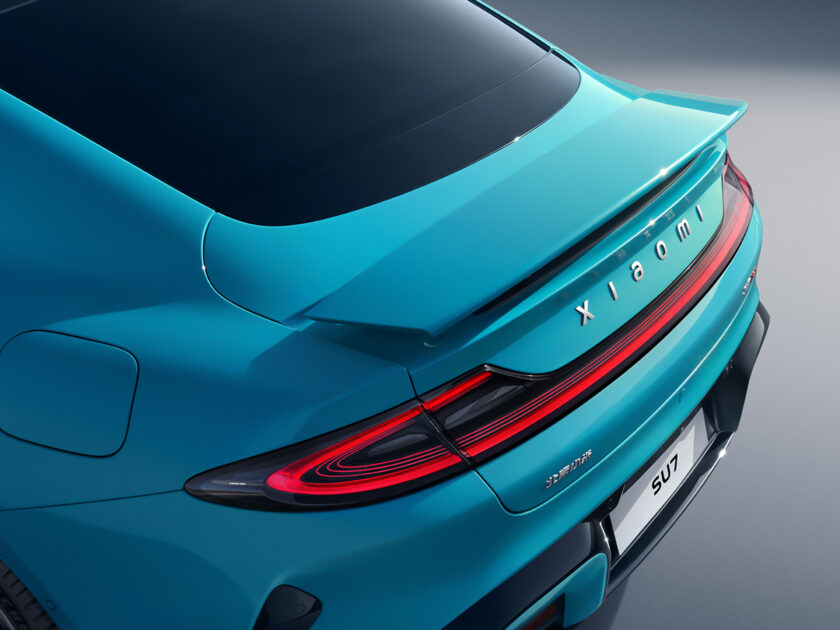
It’s an ambitious goal, but achievable if the competition doesn’t work hard to counter the innovations introduced by the “Su7,” which are concentrated in five key areas: electric motors, batteries, production systems, autonomous driving, and management technologies. Each of these areas has been covered in specific articles on these pages, all contributing to the creation of a sleek sedan with a streamlined and slim design despite its considerable size. The car measures just under five meters in length and almost two meters in width, with a height of only 144 centimeters, a factor that contributes significantly to its near-aeronautical aerodynamic drag coefficient of 0.195. The three-meter wheelbase allows for a turning diameter of just under 11.5 meters, and within these dimensions, the car accommodates five seats for the driver and passengers, along with two trunks—one in the front and one in the rear—with a total capacity of 622 liters.
Notable on the body is the panoramic glass roof, which is UV-shielded and spans over five square meters, as well as the active aerodynamic and roll management, which can be adjusted based on preset standards or through customizable modes. Two versions are planned, labeled “Su7” and “Su7 Max,” with the first powered by a single electric motor delivering 299 horsepower and 400 Newton meters of torque to the rear wheels, operating at 400 volts. It is equipped with a battery of about 74 kWh, offering a range of 668 kilometers according to Chinese CLTC standards. The “V8” version, on the other hand, features two motors for an all-wheel-drive system, producing a total of 673 horsepower, enabling the car to accelerate from 0 to 100 km/h in under three seconds. The 101 kWh battery ensures 800 kilometers of CLTC range and can be recharged at high-power stations for 220 kilometers in five minutes and 390 kilometers in ten minutes. Brembo four-piston brakes handle stopping power, while safety is ensured not only by numerous driver assistance systems but also by the five stars earned in tests by major certification bodies, including Euro NCAP.
Two units, three versions
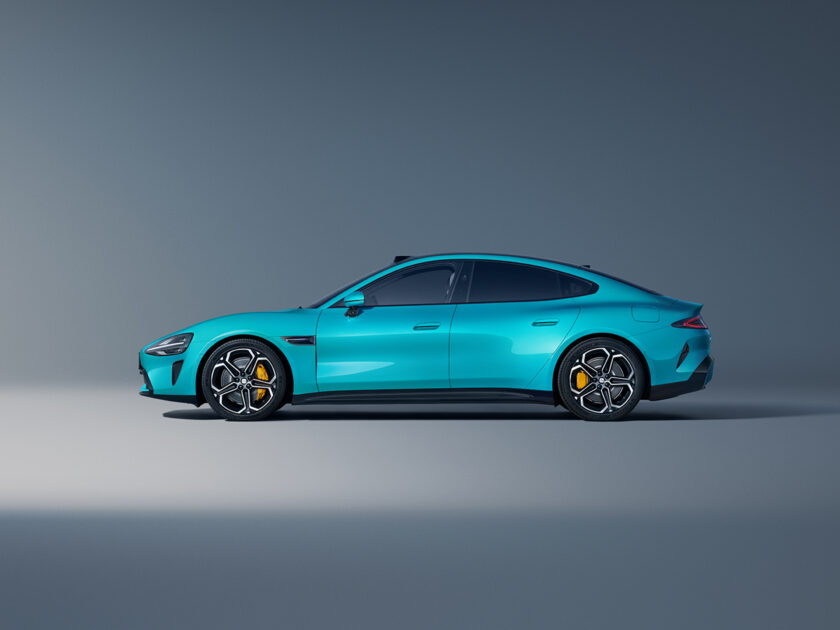
Xiaomi has introduced the “HyperEngine V6,” “V6S,” and “V8” electric motors, three units built using innovative technologies, starting with bidirectional full oil cooling, an “S”-shaped oil circuit design, and an offset design for the silicon steel laminations. The highest-performing unit, the “HyperEngine V8,” operates at a maximum speed of 27,200 rpm, delivering 425 kW of power and 635 Nm of peak torque, achieved through the industry’s first ultra-durable silicon steel plate with a tensile strength of about 98 kg per square centimeter, according to the company, double the current industry average. As mentioned, the motor is also oil-cooled, with bidirectional cooling for the stator via a dual-cycle circuit that doubles the heat dissipation area, and with an “S” pattern for the rotor, a solution that increases heat dissipation by 50%. Moreover, the silicon steel stator laminations have a staggered, stepped design that further increases effective heat dissipation by an additional 7%. The “HyperEngine V6” and “V6S” electric motors, meanwhile, operate at a rotational speed of 21,000 rpm, with the former delivering a maximum power of 299 horsepower and 400 Nm of torque, while the latter increases power to 374 horsepower and maximum torque to 500 Nm.
Inverted cell battery
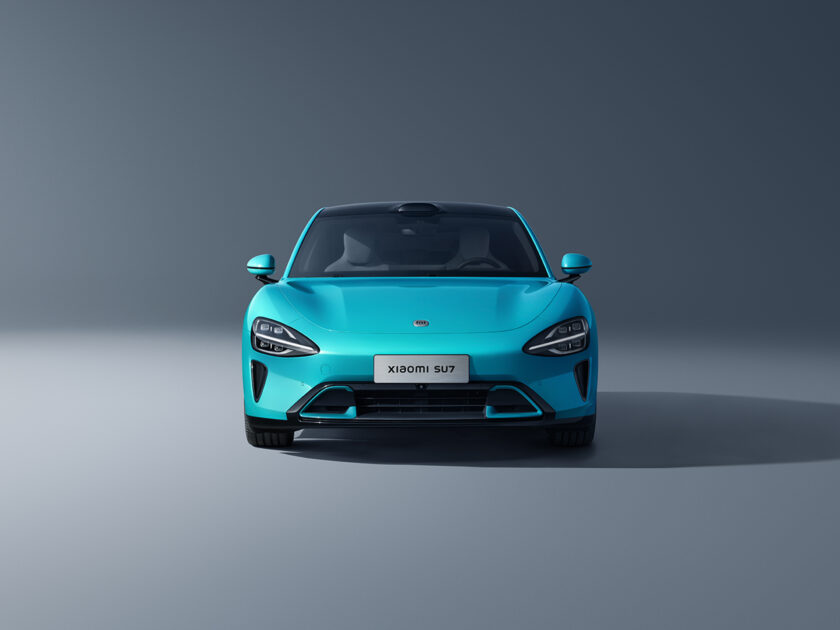
Xiaomi has independently developed a “CTB” (Cell to Body) battery technology, which involves directly installing the batteries into the chassis, using its structural strength and integrating them into the vehicle’s overall design. The battery cells and the entire pack form a honeycomb-like structure that serves as a stress-bearing component of the chassis. Additionally, the batteries use inverted cells with a multi-functional elastic protection layer and a minimalist wiring system. According to Xiaomi, compared to other similar solutions, these batteries offer an over 24% improvement in overall performance, a reduction in height by 17 millimeters, a maximum battery capacity of up to 150 kWh, and a theoretical CLTC range exceeding 1,200 kilometers. Numerous solutions have been implemented to ensure the reliability of the system, starting with a robust physical protection system featuring 14 layers—three on the top support, three on the sides, and eight underneath. The system is also water-cooled on both sides, covering a cooling area of nearly eight square meters, while the sides of the cells are insulated with 165 pieces of aerogel insulating material, capable of withstanding temperatures of up to 1,000°C. Discharges and recharges are managed by a control system with triple independent thermal runaway monitoring and warning systems, as well as a 24-hour early warning system. Every Xiaomi battery undergoes more than 1,000 tests and the strictest safety checks to ensure a durability standard 96 times higher than the international durability test standard.
One-shot manufacturing
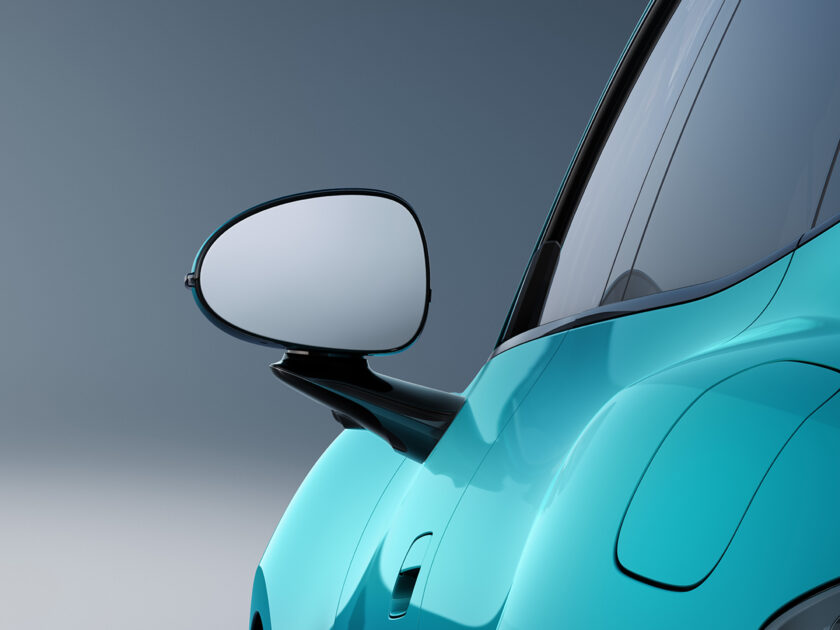
Among the secrets behind Xiaomi’s “Su7” performance are the “Hyper Die-Casting T9100” body production system and the “Xiaomi Titans Metal” alloy, solutions independently developed by the company, which claims to be the only automaker conducting autonomous research on both large-scale die-casting and materials. The die-casting facility covers an area of 840 square meters and operates alongside a quality control system capable of inspecting individual components in less than two seconds, achieving ten times the efficiency of manual inspections. Thanks to these solutions, the company can produce a rear underbody that integrates 72 components into one, reduce the overall weight of the car by 17%, and cut production hours by 45%. Contributing to these goals are also the “Xiaomi Titans Metal” alloy, which boasts high strength, resilience, and heat-treatability, and the “Multi-Material Performance Simulation System,” which selects the optimal alloy formula from over 10 million possibilities, ensuring a perfect combination of strength, resilience, and stability.
Level 3 autonomous driving
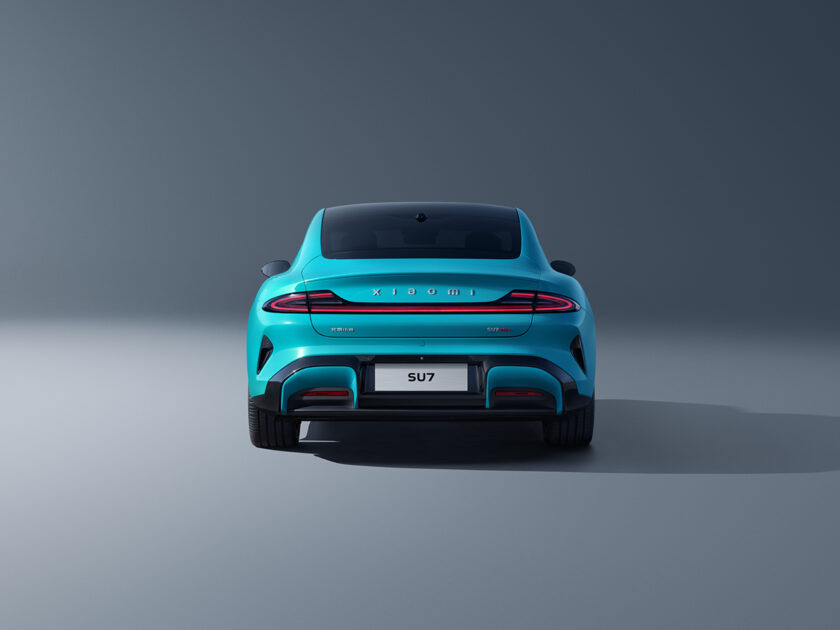
Leveraging extensive expertise in smart software, Xiaomi has introduced three technologies in the “Su7″ that will enable Level 3 autonomous driving systems. The first is “Adaptive BEV,” based on various algorithms for perceiving the scenarios in which the car operates, along with a perception grid with a minimum granularity of five centimeters and a maximum of twenty, with a recognition range of five centimeters to 250 meters. This results in a broad and deep perception of urban scenarios, an extended view of high-speed scenarios, and high precision in parking situations. The second technology is “road-mapping.” Not only does it recognize road conditions in real-time, allowing the car to always travel on optimal paths, but it can also handle complex interactions without relying on high-definition maps, thanks to a self-learning system. The “Super-Res Occupancy Network” technology further contributes to obstacle recognition, including irregular ones. While traditional networks interpret obstacles as blocks, Xiaomi’s vector algorithm simulates all visible objects as continuous curved surfaces, improving recognition accuracy by up to ten centimeters. A noise reduction function eliminates disturbances caused by rain and snow, while the AI-based end-to-end detection and decision-making model facilitates automated parking, even in multi-story parking structures equipped with elevators. To operate all this, the “Su7” relies on two high-performance “Nvidia Orin” chips and a perception hardware suite that includes LiDAR, eleven high-definition cameras, three millimeter-wave radars, and twelve ultrasonic radars.
The intelligent cabin
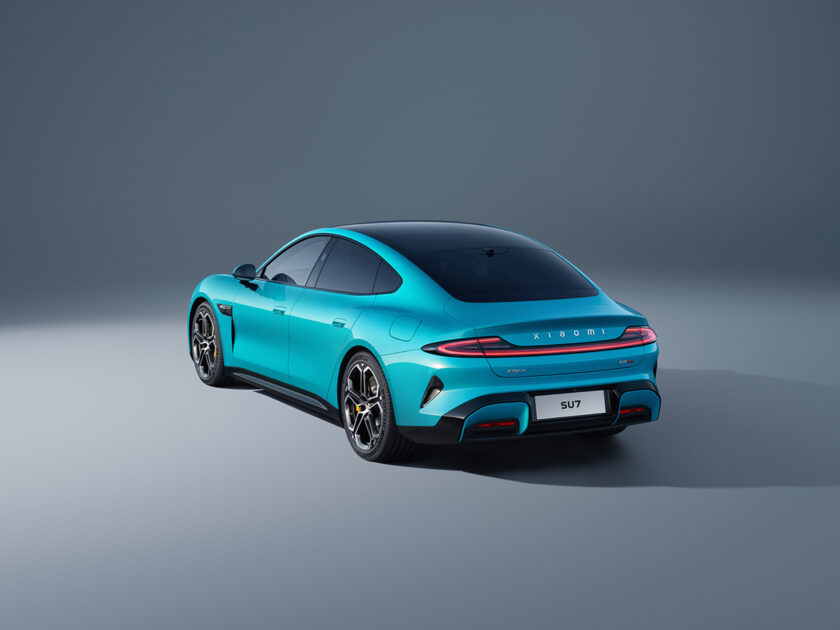
For its “Su7” sedans, Xiaomi has introduced a human-centered interaction architecture based on a high-definition central console measuring over 16 inches diagonally, a 56-inch-wide head-up display, a rotating seven-inch dashboard, and two rear seatback extensions that allow the mounting of two tablet devices. A dedicated “Snapdragon 8295”
Title: A spaceship has landed with Xiaomi “Su7”
Translation with ChatGPT

